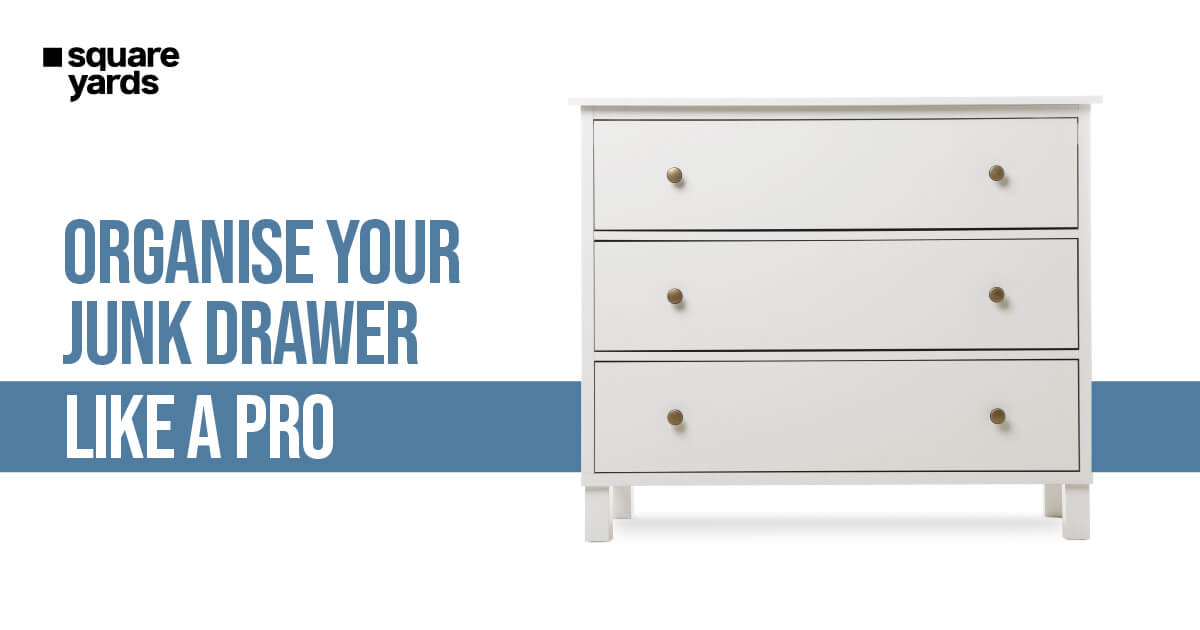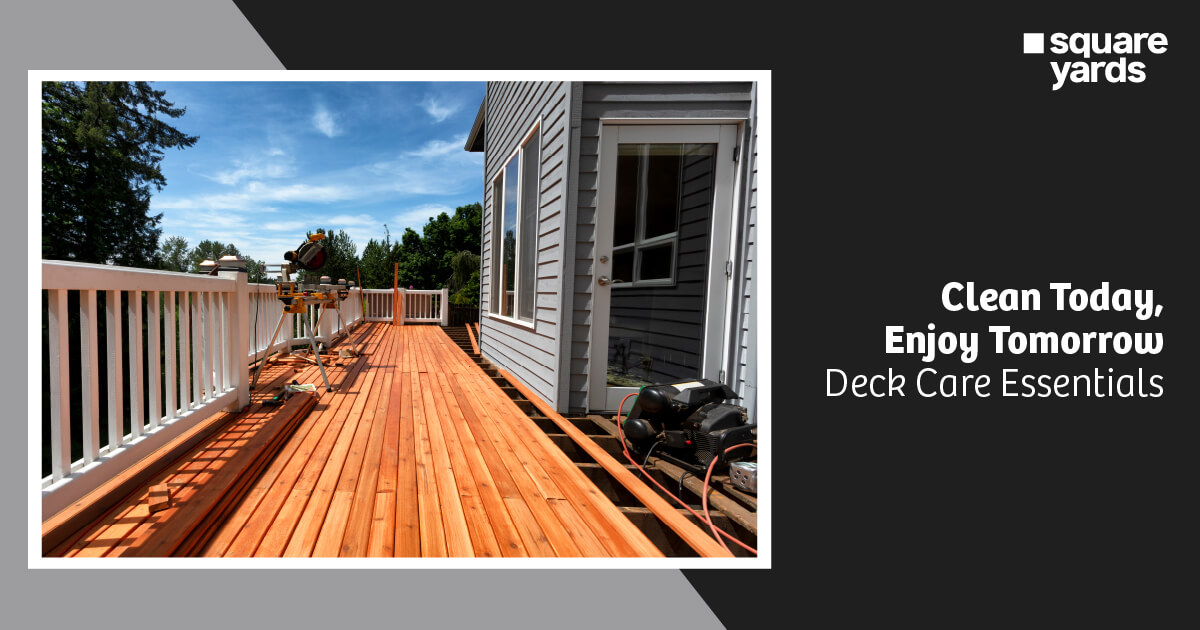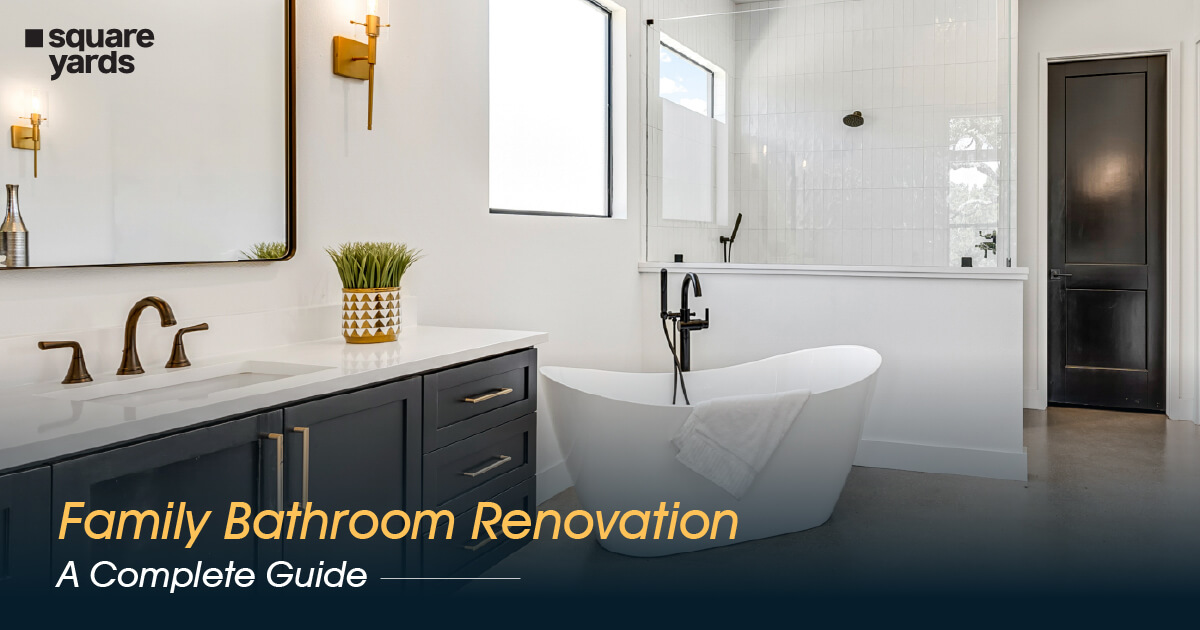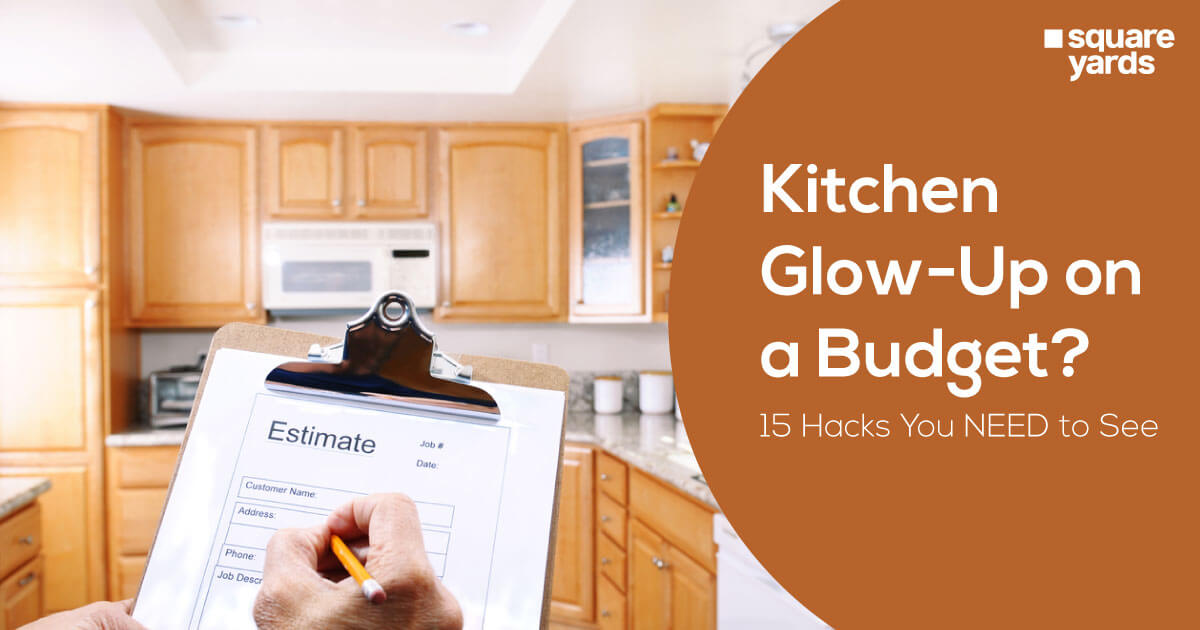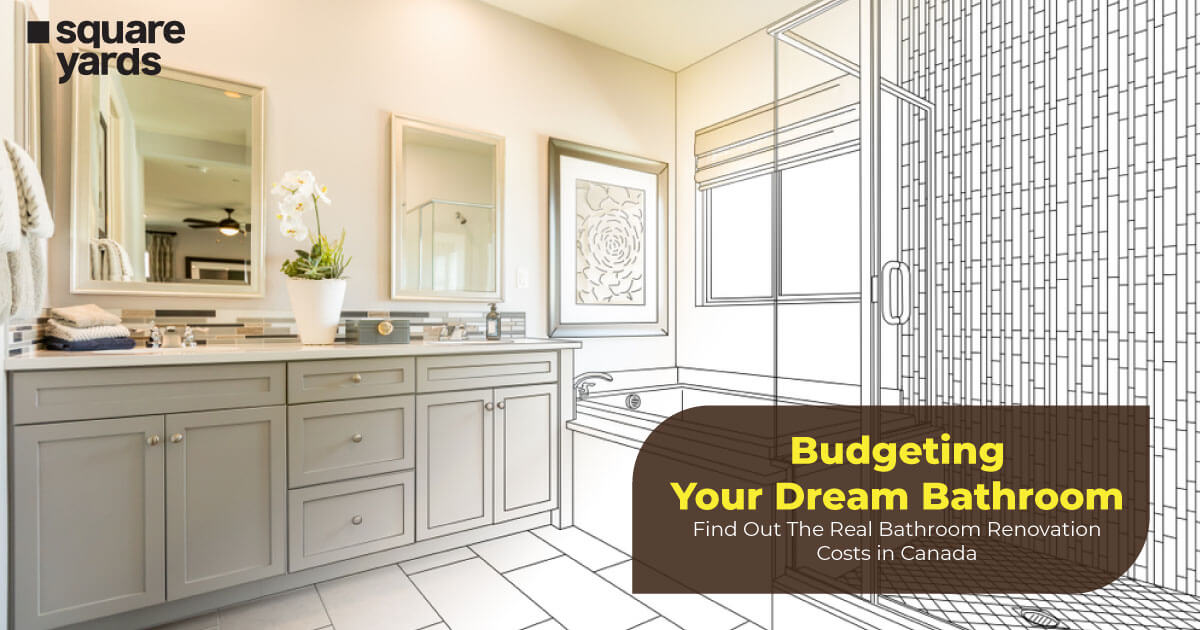Have you ever found yourself lost in a drawer full of odds and ends, trying to find a single item? If so, you’re not alone in not knowing the art of how to organize a junk drawer. The infamous ‘junk drawer’ is a common feature in homes, acting as a catch-all for items that don’t seem to belong anywhere else. But what if we could turn this chaotic space into an oasis of order? In this blog, we’ll guide you through the process of transforming your junk drawer from a cluttered mess into a model of organisation. From taking measurements to decluttering, sorting, and finally organising, we’ll walk you through each step with practical tips to help you create a space that serves you well.
Measurements are a Must
Consider what you want to put in your drawer before you begin arranging it. Based on the size of the products and how frequently you use them, this will assist you in determining what kind of compartments or dividers you require. For instance, separate storage options are required for larger things like notepads and calculators and smaller items like paper clips and batteries. When organising your drawer, consider how frequently you will use each item. This will assist you on how to organize a junk drawer and placing the products you use most often on top of the drawer or at the front. You want to create a system that makes your life easier. Thus, keep in mind to measure twice, plan once, and prepare to view your drawer from a whole new perspective!
Take Everything Out and Organise
Thoroughly emptying your junk drawer is the second essential step in arranging it! Although it may appear difficult at first, this is a necessary step in the process. To ensure that you can see anything that is hidden in the depths of your drawer, arrange everything out on a level surface. Clear visibility is essential for efficient decluttering. Once everything is laid out, it’s time to declutter. This means deciding what to keep, what to throw away, and what might belong somewhere else. Ask yourself:
-
- ‘Have I used this in the last year?’
- ‘Does this item belong in the junk drawer or somewhere more specific?’
- ‘Is this something I need, or can it be replaced with something more functional?’
Make the most of this procedure by organising your belongings into piles marked ‘keep,’ ‘relocate,’ and ‘discard.’
Divide into Groups
When you declutter, the next step is to group the items you’ve decided to keep. This helps you find things quickly and easily. It also makes your drawer look neat and tidy. Start by grouping similar items together. Some categories could be:
-
- Writing tools (pens, pencils, markers),
- Tools (screwdrivers, tape measures),
- Personal items (hair ties, lip balms), and
- Office supplies (staples, paper clips).
- Miscellaneous items that don’t fit into the other groups!
Keep items you use daily in the front or top compartment, while less frequently used items can be stored in the back or in deeper sections of the drawer. You can also be creative with categorization. For example, you could group items by function instead of type or create a ‘daily use’ category for items you reach for regularly. The goal is to create categories that work for you.
Ideas for Junk Drawer Organisers
With your items decluttered and sorted into categories, it’s time to physically think about junk drawer organizer ideas in a manner that’s both practical and aesthetically pleasing. Here are a few ideas:
Choose the Right Organisers
Based on the measurements you took initially, select drawer organisers or dividers that fit your drawer’s dimensions and suit the categories you’ve established. There’s a wide range of options available, from adjustable dividers, which offer flexibility for differently sized items, to compartmentalised trays that keep everything neatly separated. Consider materials as well; while plastic organisers are easy to clean, bamboo or fabric ones might better complement your space’s aesthetics.
Layout Planning
Before placing anything back, plan your layout. Place the organisers in the drawer and adjust them according to your categories, ensuring that frequently used items are easily accessible. Experiment with different arrangements to see what fits best and allows for the smooth operation of the drawer. Remember, the goal when you organize a junk drawer is to maximise space while maintaining order and accessibility.
Fill the Organisers
Begin filling the organisers with your sorted items, keeping like with like. This is where your categorization shines, making it straightforward to decide where each item belongs. As you fill, be mindful not to overstuff compartments. Remember to leave some space that allows for easy retrieval of items and adds a clean look. For an extra layer of organising, you can consider labelling the sections of your drawer. These junk drawer organiser ideas will surely help you make it more attractive and clean!
Frequent Cleaning
If you want to create a more functional and pleasant living or working environment, you need to keep your drawers organised at all times. Don’t think of it as a one-time task but rather as an ongoing process that requires your constant attention. Make it a habit to periodically review and declutter your drawer, ensuring that everything is in its right place. This regular maintenance will help you avoid the chaos and inefficiency that come with a messy and disordered space. Remember, organising your drawer is not an option; it’s a necessity if you want to be productive and successful!
Wrapping Up
Knowing how to organize a junk drawer might seem like a small step, but it’s an impactful one. Through this process, we turned a chaotic space into an orderly space. Let this project inspire you to tackle other areas of your home, applying the same principles to create spaces that are both functional and pleasing to the eye. Embrace the journey towards a more organised life, one drawer at a time.
You May Also Read :
|
Guide To Bathroom Renovation |
|
|
All About Holiday Decorations of Home |
|
|
Some Ways To Remodel Your Home |
|
|
Know The Front Porch Decor Ideas |
Frequently Asked Questions (FAQs)
How do you organize a junk drawer?
To organise junk drawers, first empty and clean the drawer. Sort items into categories, discard or relocate what you don't need, and use drawer organisers or small containers to keep similar items together. Label sections if necessary to maintain order.
What is usually in a junk drawer?
A junk drawer typically contains a mix of items that don't have a designated place elsewhere, including batteries, rubber bands, scissors, tape, notepads, pens, screws, small tools, and various odds and ends.
Is it good to have a junk drawer?
Yes, having a junk drawer can be good for storing miscellaneous items that are used frequently, keeping them accessible yet out of sight. It helps in decluttering other spaces but should be organised periodically to avoid clutter.
What is the most common item in junk drawers?
The most common items in junk drawers are usually small household tools like scissors or items such as batteries and pens due to their frequent use and small size, making them easy to store in such a space.

